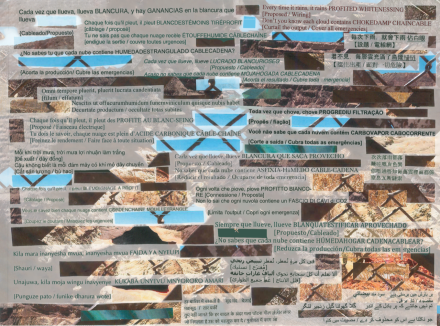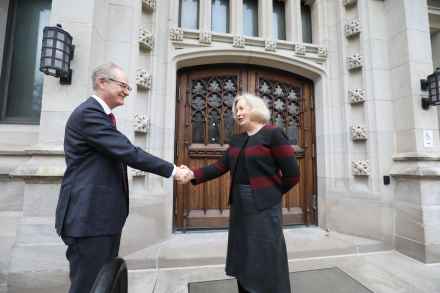New UChicago President Paul Alivisatos spent Dec. 3, 2021, focused on understanding what the Division of the Humanities does by listening to multiple academic leaders, faculty members, and undergraduate and graduate students discuss its strengths, concerns, and future.
“We were delighted that the President was able to meet so many faculty, students, and staff, and could hear about the rich and varied work in scholarship, creation, and teaching that we carry out continually in the Division,” said Anne Walters Robertson, Dean of the Division of the Humanities and the Claire Dux Swift Distinguished Service Professor in the Department of Music and the College.
Like the leaders at the UChicago Humanities Division, Alivisatos worries about the shrinking number of jobs in academia and having the right number of students in the Division’s master’s programs. However, he found reassurance throughout his Immersion Day, in such recent forward-looking undertakings as graduate students' research projects, the Media Arts, Data, and Design Center, master’s program for Digital Studies, and strong collaborations of the Division with other parts of UChicago. Alivisatos was also impressed with the Division's recent creativity in institution building.
While the number of humanities majors and courses have plummeted at many universities, the Division of the Humanities at the University of Chicago has shown significant growth in enrollments from 2010 to 2019. Rigorous teaching, innovative programs, and interdisciplinary studies continue to attract undergraduate and graduate students to UChicago Humanities.
Alivisatos’s day began at the Walker Arts Museum for a breakfast and discussion with Robertson, wound through meetings in Foster, Stuart Hall, Classics, Crerar Library at the Weston Game Lab, and ended at a dinner in Logan Performance Center Penthouse with 23 Humanities Division faculty and four Humanities Council members.



